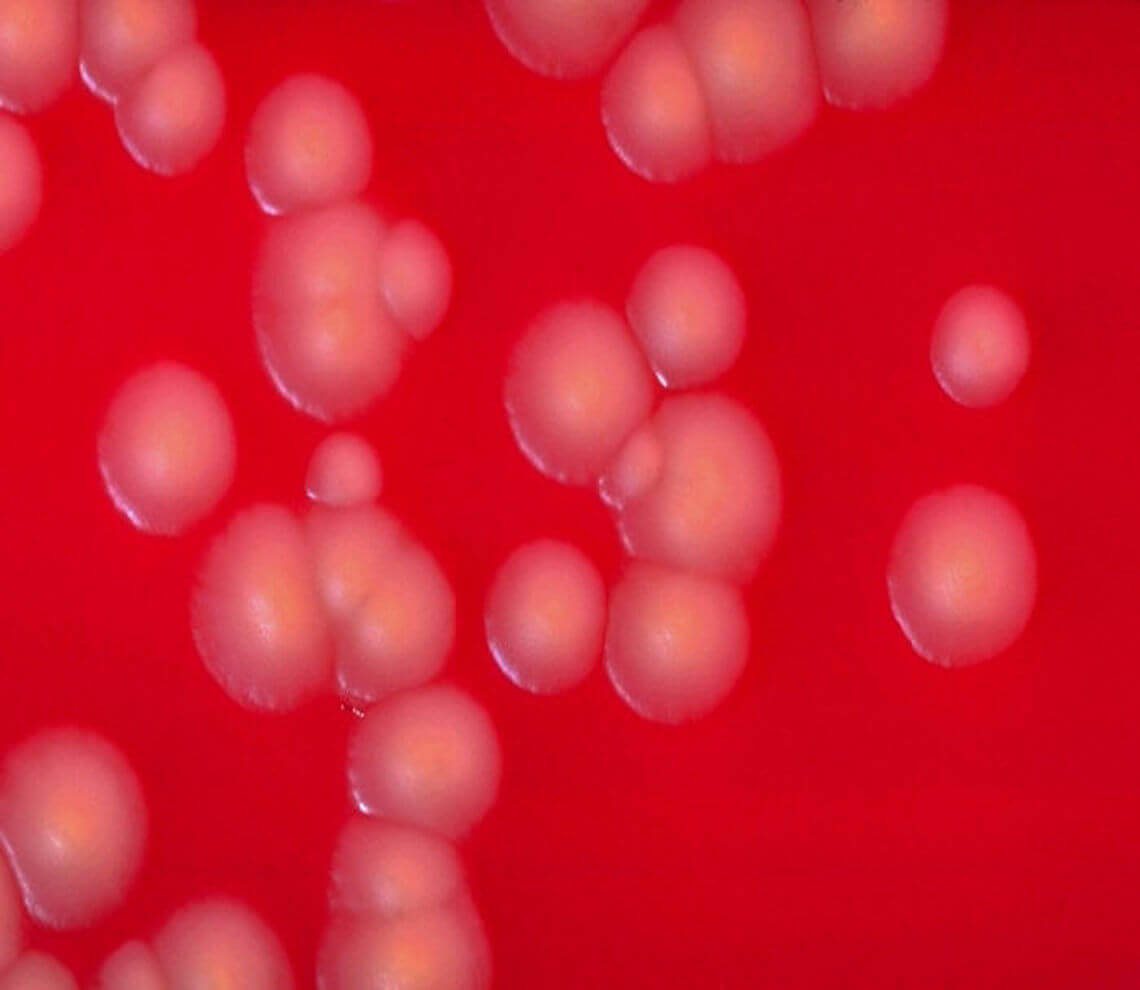- Our Suppliers
- MBS Monoclonals
- Mouse Anti-CD68 (Macrosialin), conjugated to FITC
Product short description
Price:
431 EUR
Size:
2 ml
Catalog no.:
GEN570357
Product detailed description
Gene name synonims
N/A
Purification method
N/A
Concentration
N/A
Also known as
CD68
Gene name
CD68
Immunoglobulin isotype
IgG1
Clone
Ki-M7
Category
Antibodies
Latin name
Mus musculus
Conjugation
Anti-FITC Antibody
Clonality
Monoclonal antibody
Host organism
Mouse (Mus musculus)
Subcategory
Mnoclonal antibodies
Tested applications:
Flow Cytometry (FC/FACS)
Other gene names
CD68; CD68; GP110; LAMP4; SCARD1; N/A
Form/Appearance
Purified by Chromatography, Storage buffer: PBS pH 7.2, 1% BSA, 0.05% NaN3
Other names
CD68; Macrosialin; macrosialin; CD68 antigen; macrophage antigen CD68; scavenger receptor class D, member 1; CD68 molecule; Gp110; CD_antigen: CD68
Description
This antibody needs to be stored at + 4°C in a fridge short term in a concentrated dilution. Freeze thaw will destroy a percentage in every cycle and should be avoided.
Species reactivity
Human (Homo sapiens); Due to limited knowledge and inability for testing each and every species, the reactivity of the antibody may extend to other species which are not listed hereby.
Test
Mouse or mice from the Mus musculus species are used for production of mouse monoclonal antibodies or mabs and as research model for humans in your lab. Mouse are mature after 40 days for females and 55 days for males. The female mice are pregnant only 20 days and can give birth to 10 litters of 6-8 mice a year. Transgenic, knock-out, congenic and inbread strains are known for C57BL/6, A/J, BALB/c, SCID while the CD-1 is outbred as strain.
Storage and shipping
the antibody contains monoclonal antibody specific reagents in optimal concentrations of affinity-purified antibody. To enchance the antibody's stability sodium azide has been added. Keep the antibody at +4 degrees Celsius and do NOT freeze it. the antibody may be photosensitive, therefore avoid exposing the vial to direct bright light. Please refer to the expiry date printed on the vial. The use of the reagent after the expiration date is not recommended.
Properties
This MBS Monoclonals Fluorescein isothiocyanate (FITC) antibody is currently after some BD antibodies the most commonly used fluorescent dye for FACS. When excited at 488 nanometers, FITC has a green emission that's usually collected at 530 nanometers, the FL1 detector of a FACSCalibur or FACScan. FITC has a high quantum yield (efficiency of energy transfer from absorption to emission fluorescence) and approximately half of the absorbed photons are emitted as fluorescent light. For fluorescent microscopy applications, the 1 FITC is seldom used as it photo bleaches rather quickly though in flow cytometry applications, its photo bleaching effects are not observed due to a very brief interaction at the laser intercept. MBS Monoclonals FITC is highly sensitive to pH extremes.
Specificity and cross-reactivity
The CD68 mAb (clone Ki-M7) reacts with human macrosialin. The sensitivity of CD68 mAb is determined by staining well-defined blood samples from representative donors with serial-fold mAb dilutions to obtain a titration curve that allows relating the mAb concentration to the percentage of stained cells and geometric MFI (mean fluorescence intensity). For this purpose, a mAb concentration range is selected to include both the saturation point (i.e. the mAb dilution expected to bind all epitopes on the target cell) and the detection threshold (i.e. the mAb dilution expected to represent the least amount of mAb needed to detect identical percentage of cells). In practice, 50ul of leukocytes containing 10^7 cells/ml are stained with 20ul mAb of various dilutions to obtain a titration curve and to identify the saturation point and detection threshold. The final concentration of the product is then adjusted to be at least 3-fold above the detection threshold. In addition and to control lot-to-lot variation, the given lot is compared and adjusted to fluorescence standards with defined intensity. ; Since it is not possible to test each and every species our knowledge on the corss reactivity of the antibodies is limited. This particular antibody might cross react with speacies outside of the listed ones.
© Copyright 2016-Tech News . Design by: uiCookies

